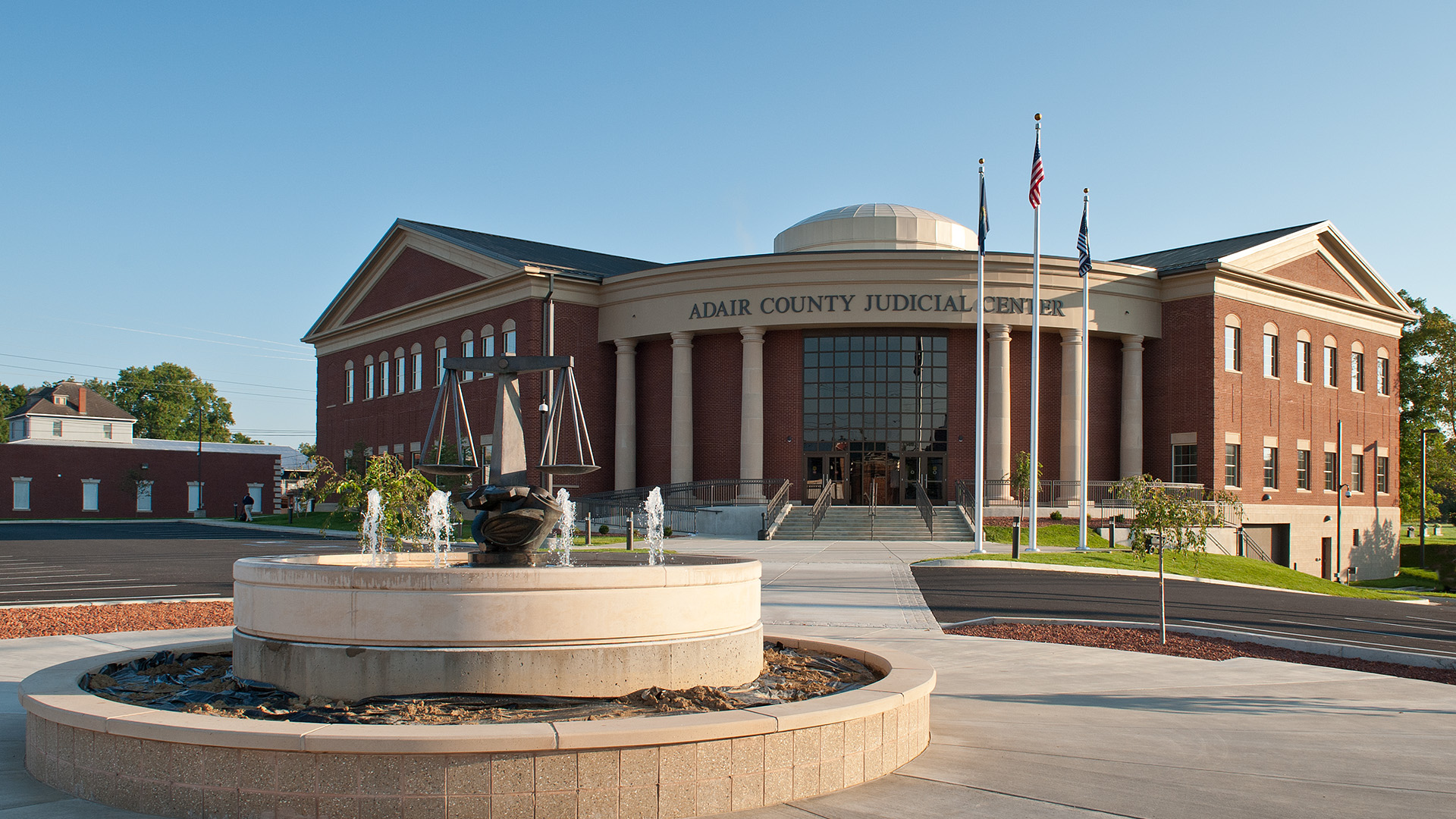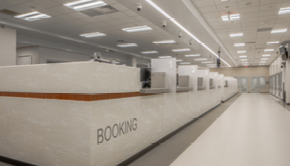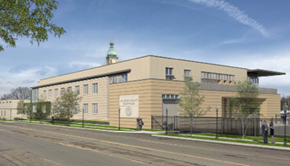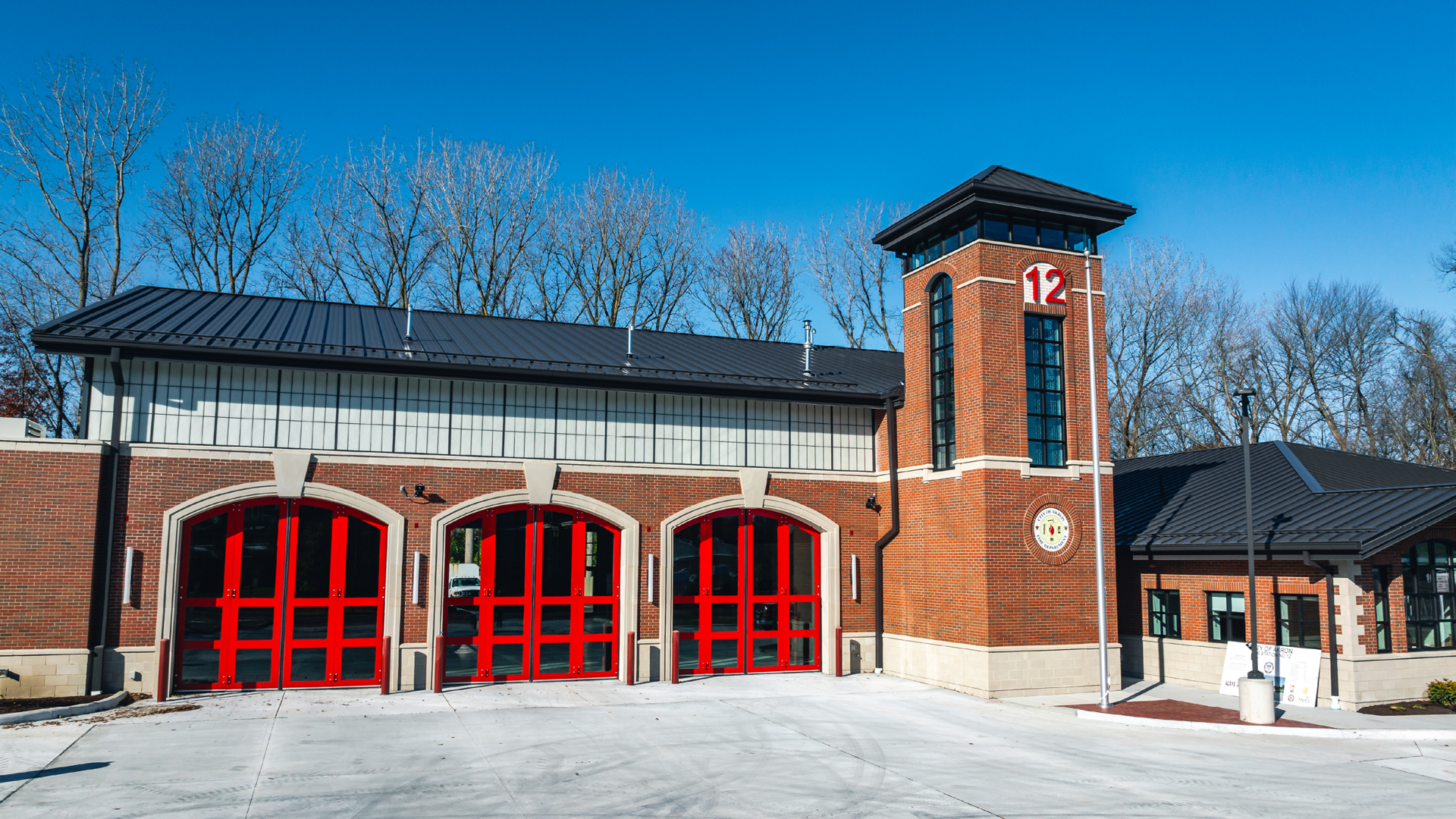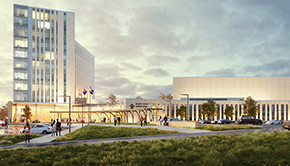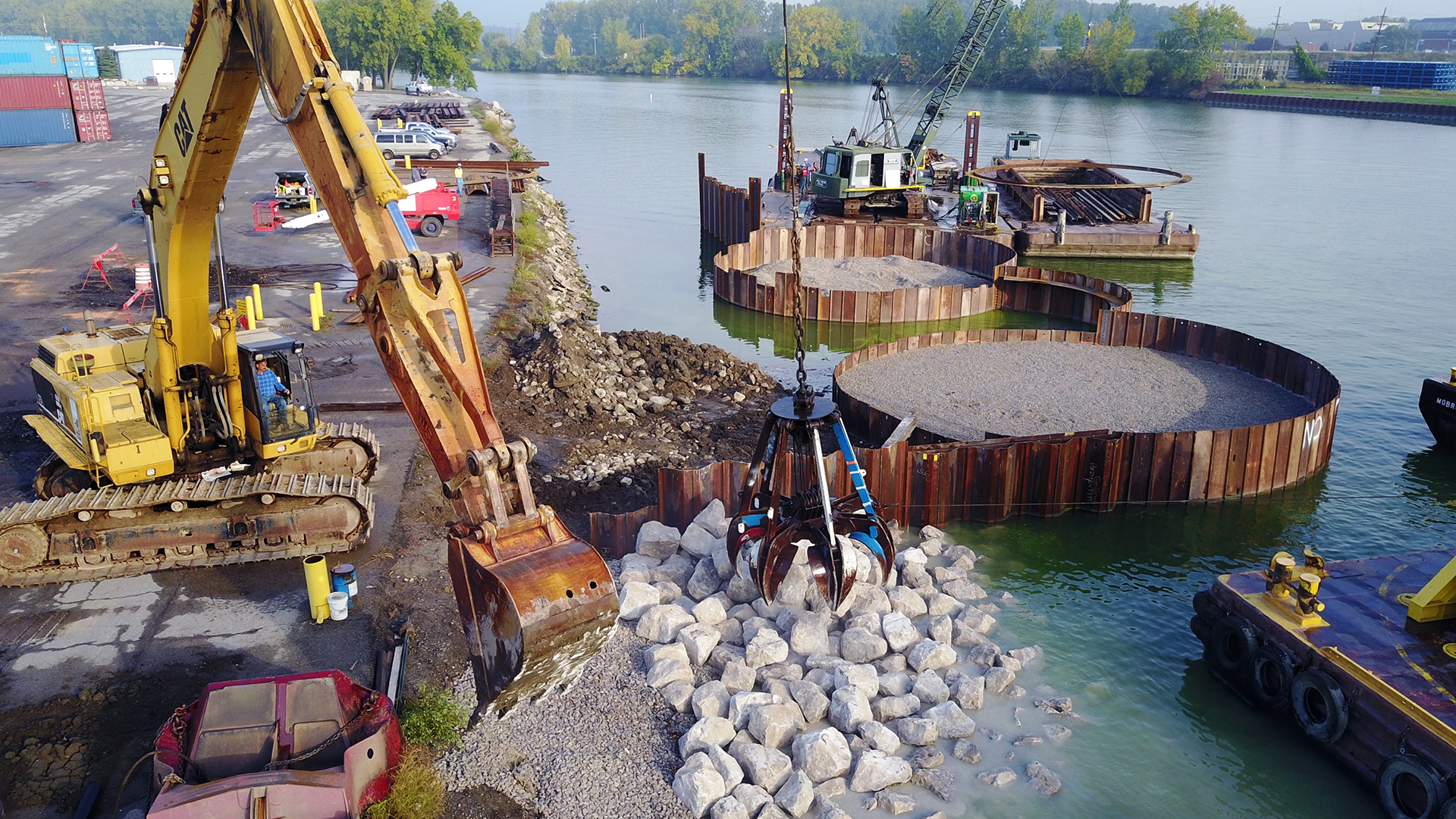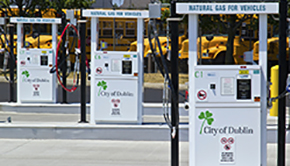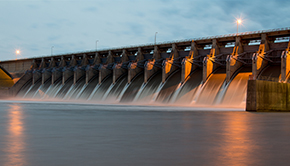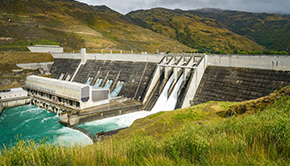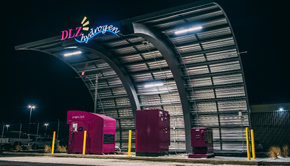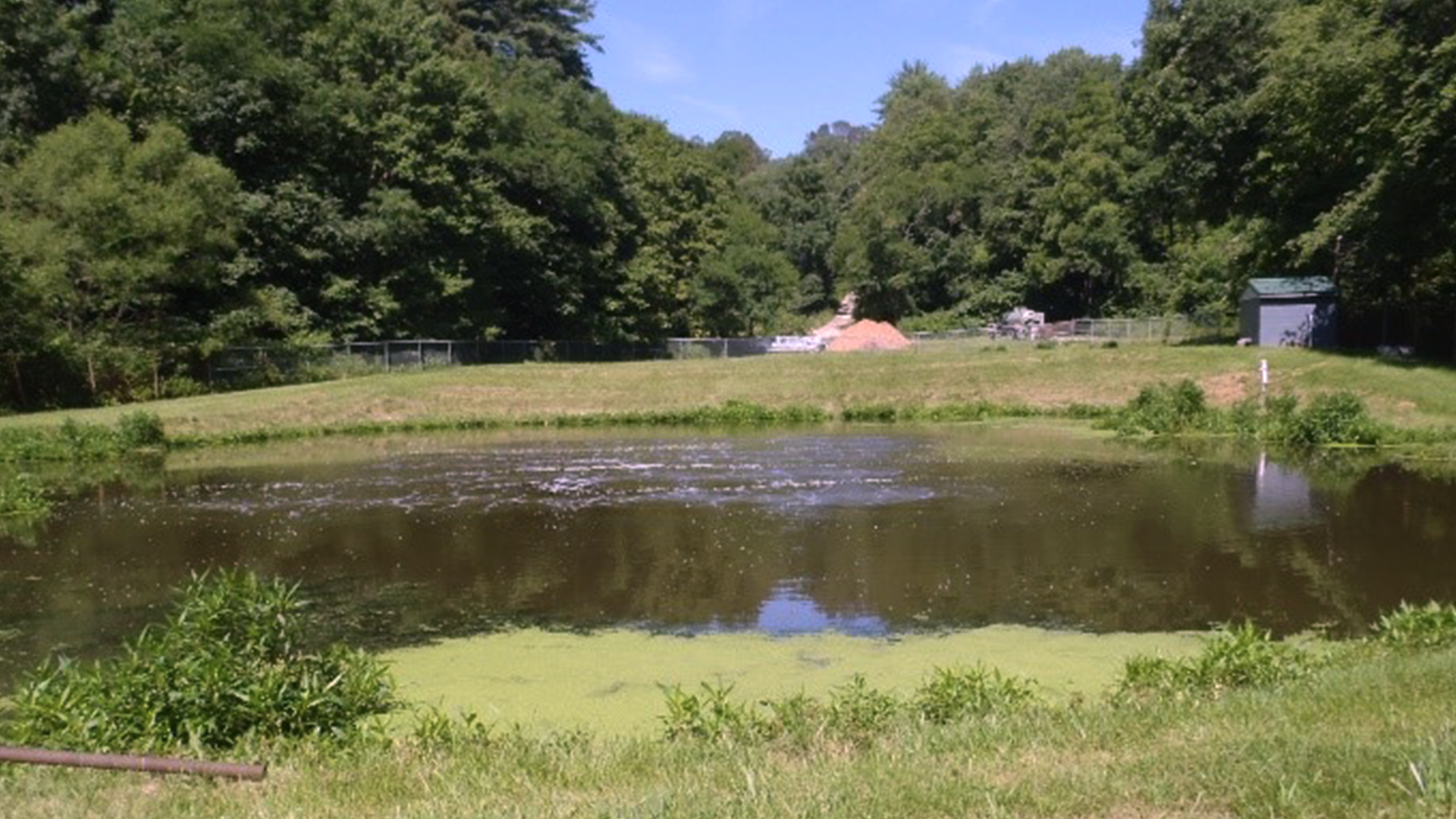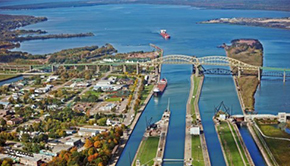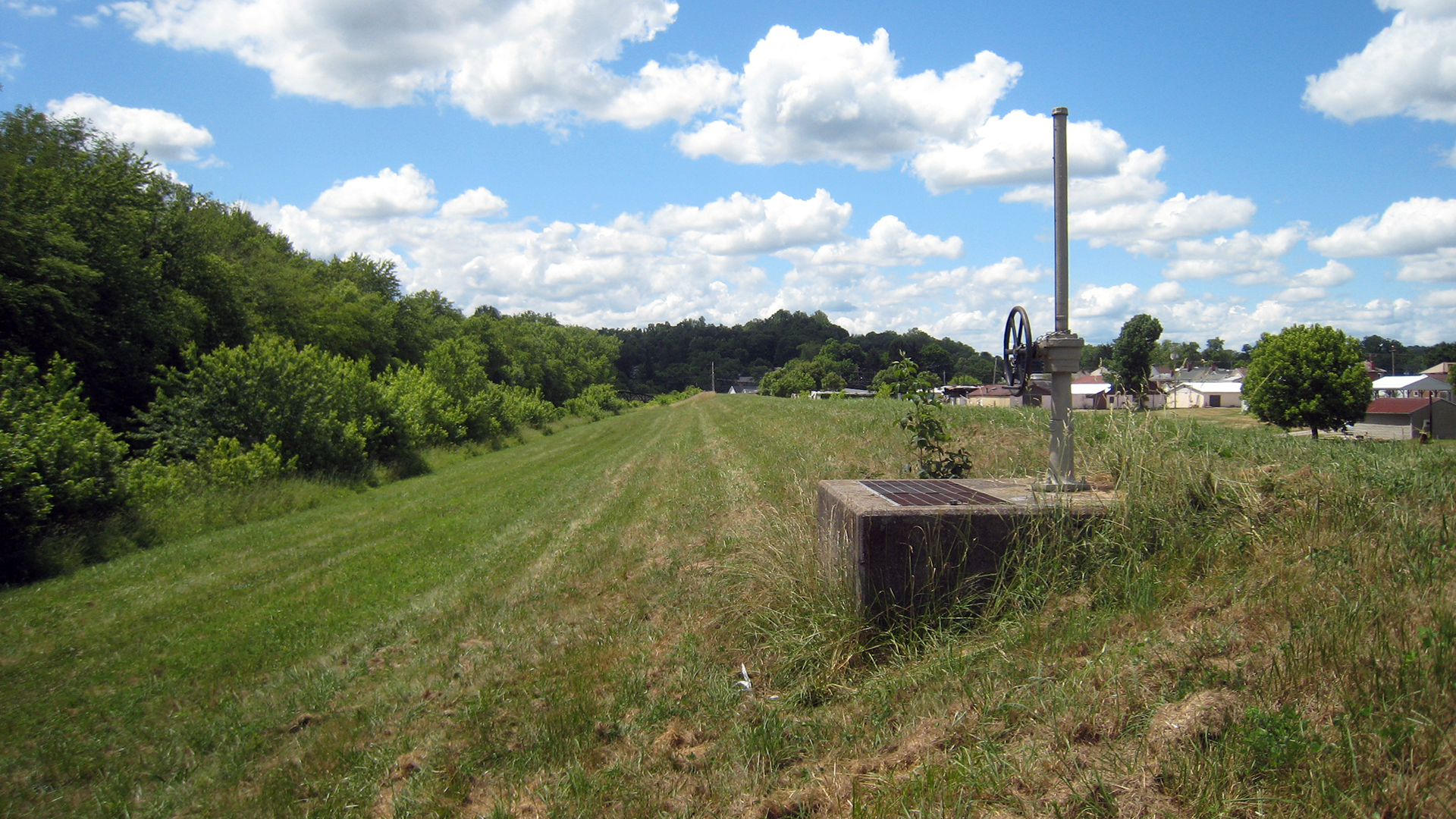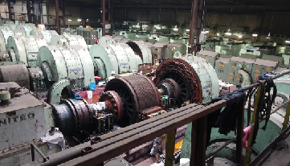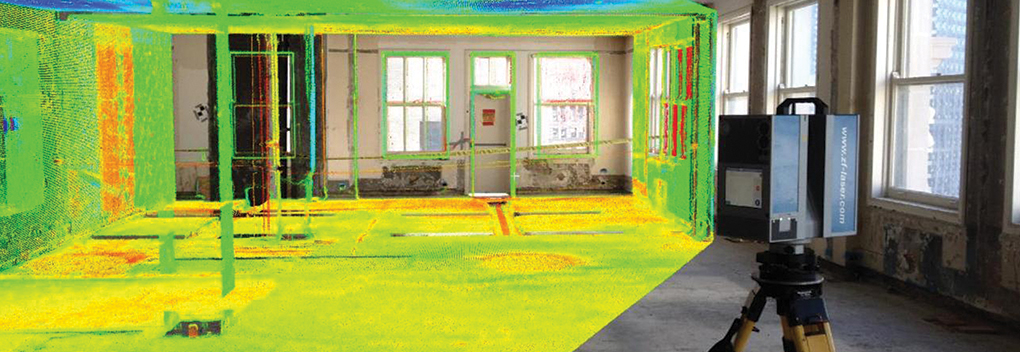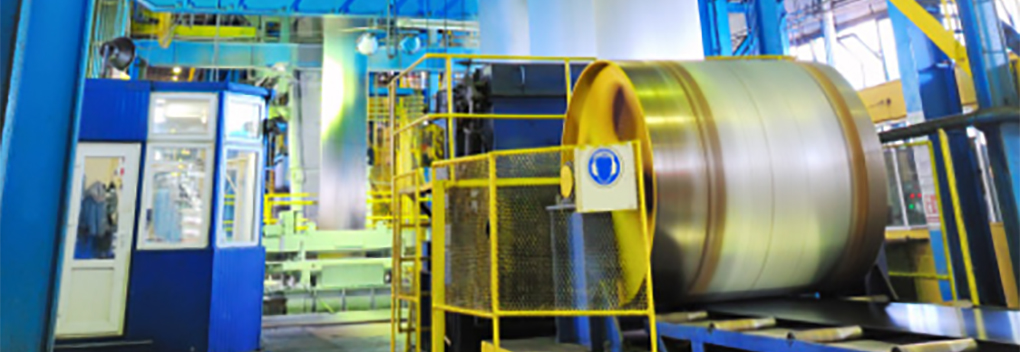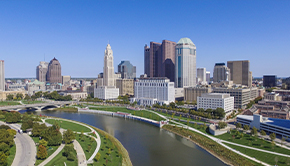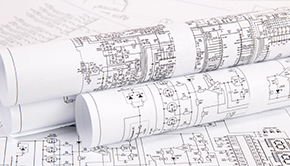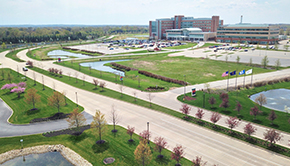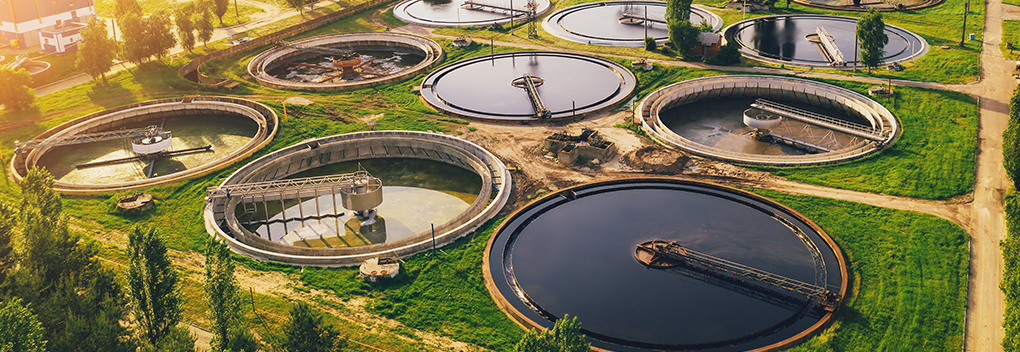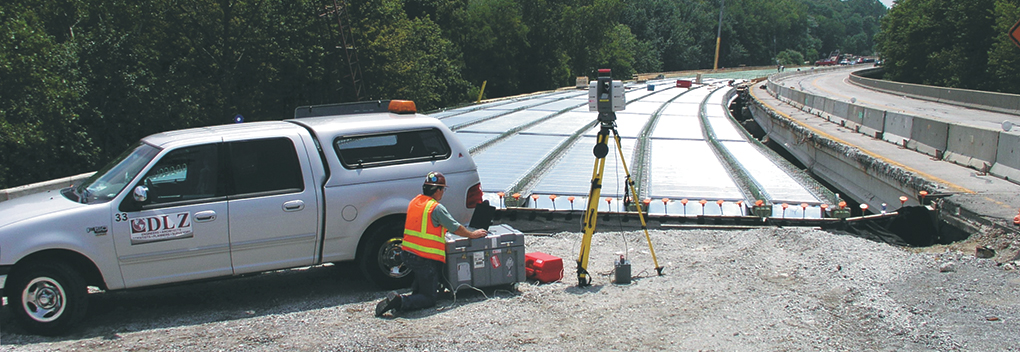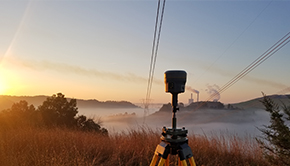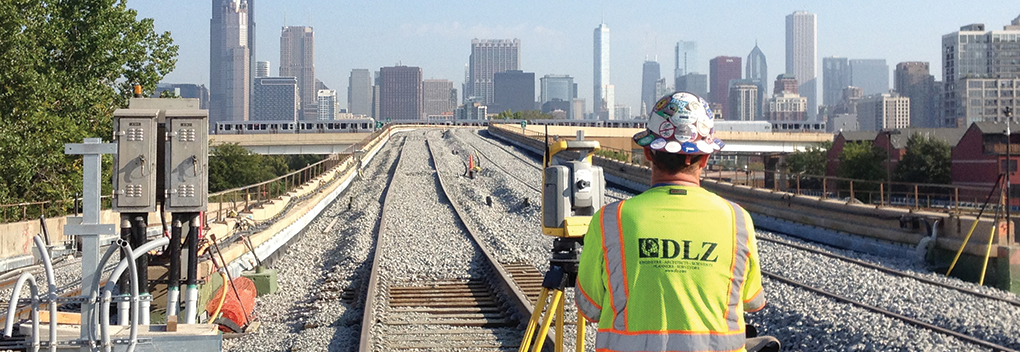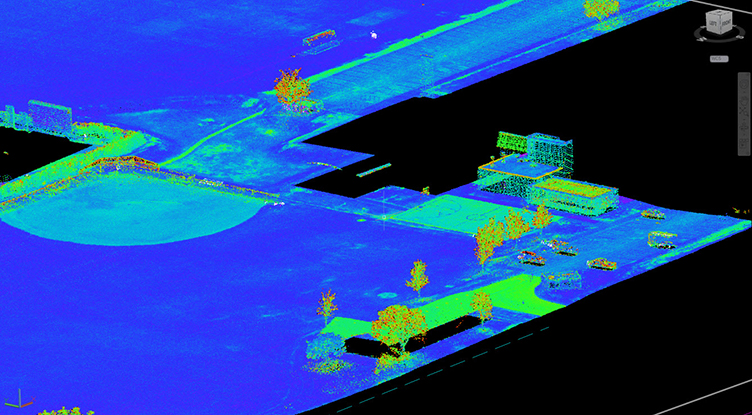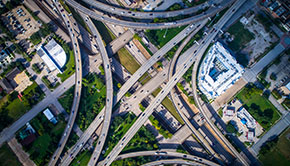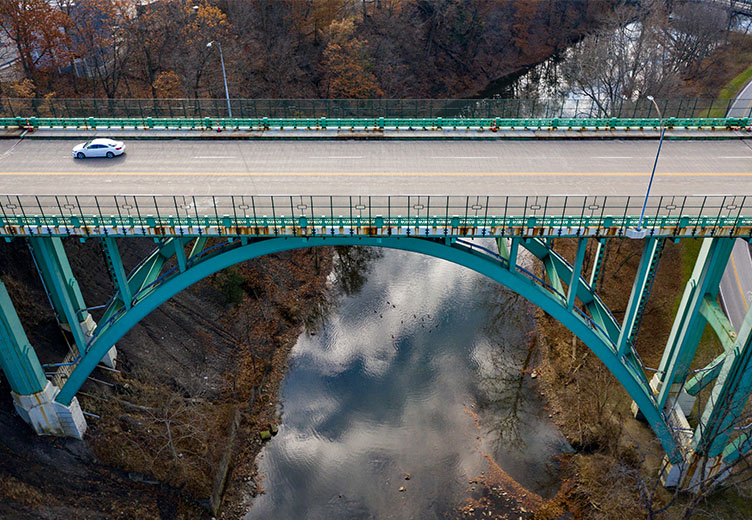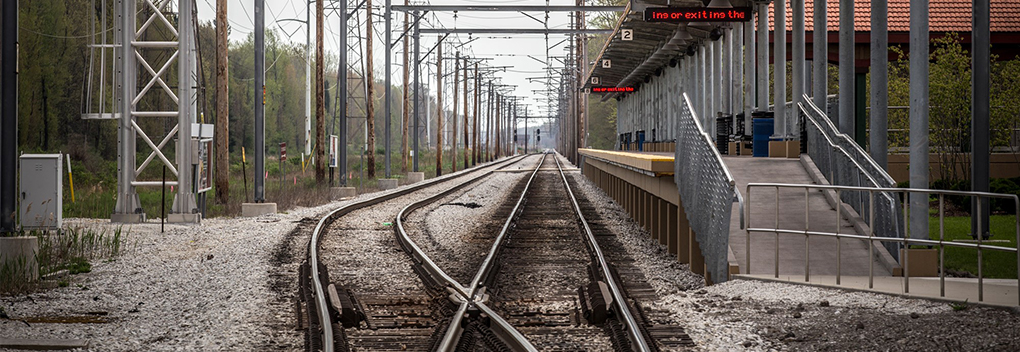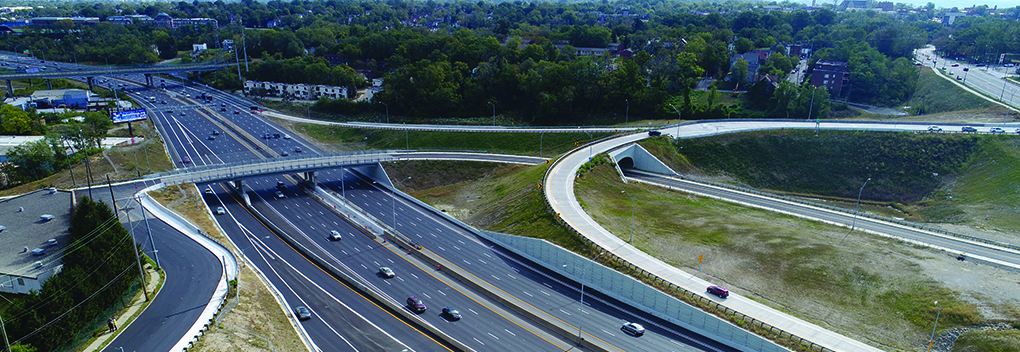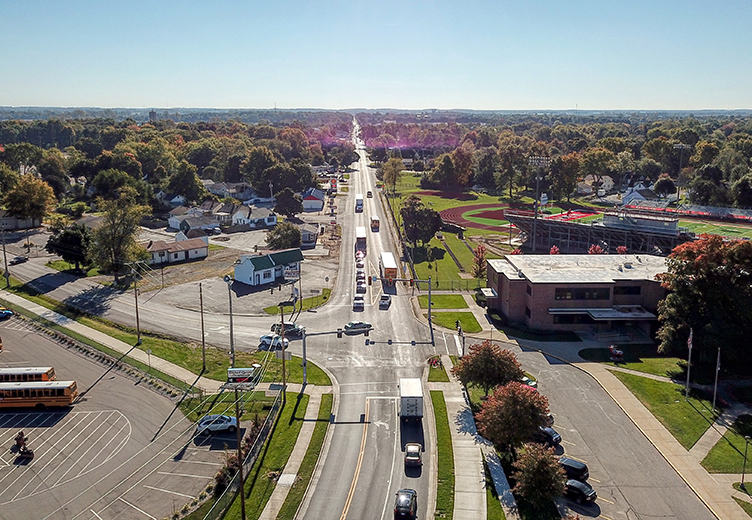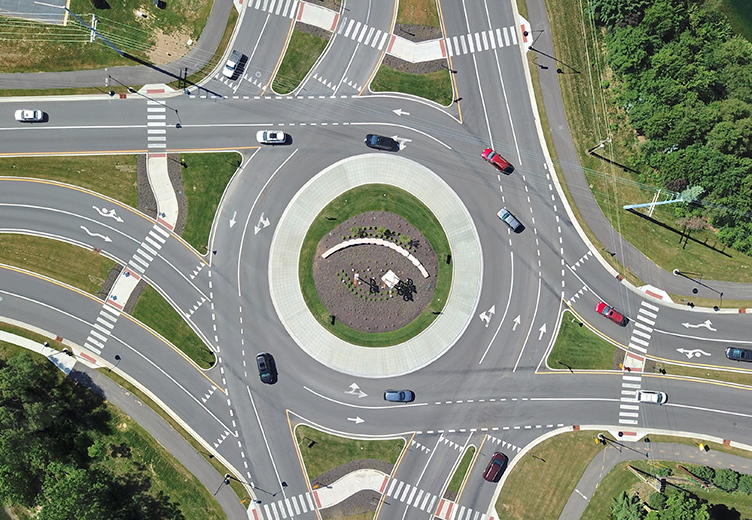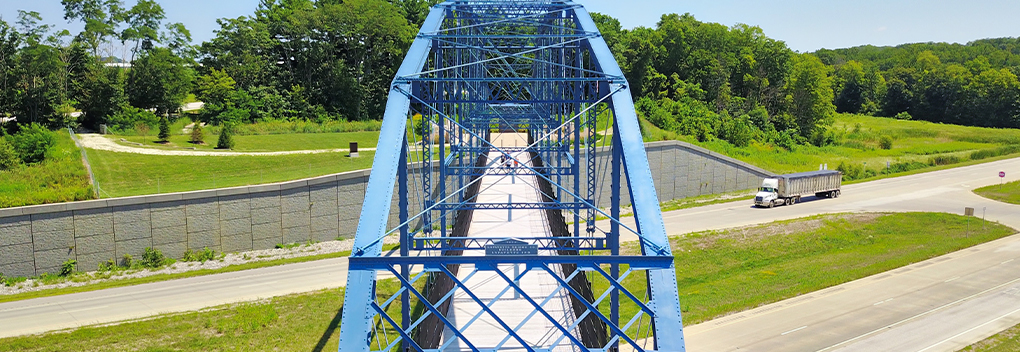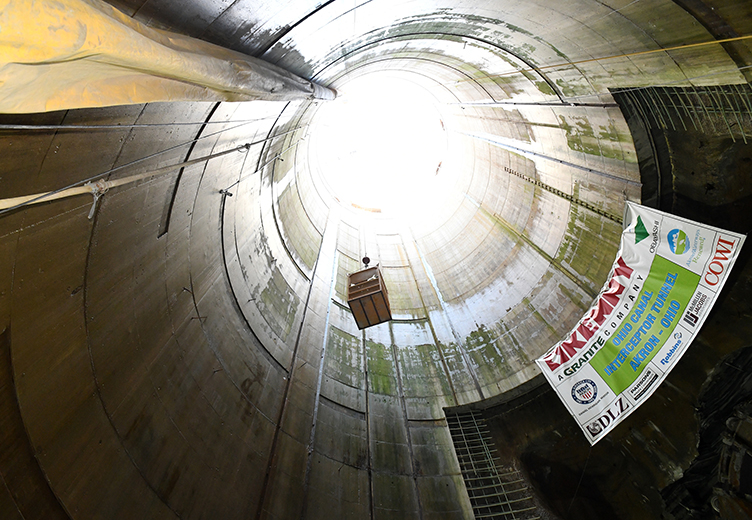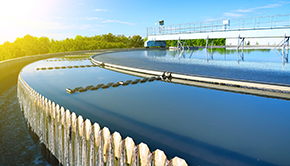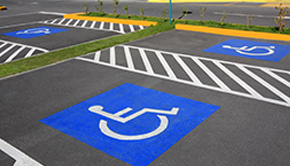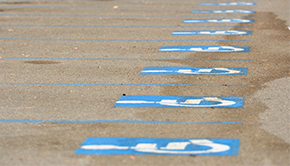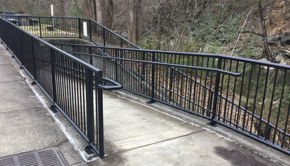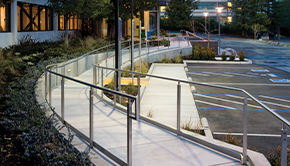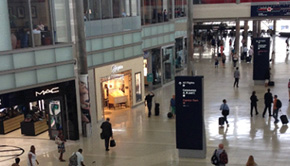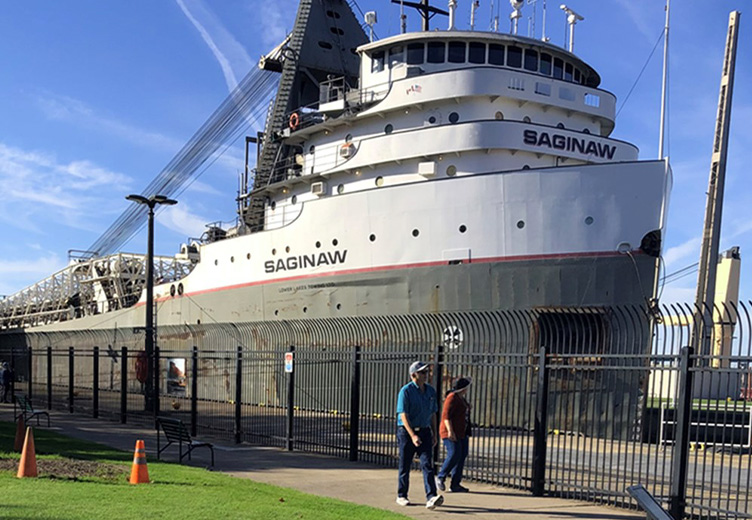Soo Locks and Dam Sanitary Sewer Replacement
The Soo Locks
The Soo Locks were originally constructed in 1855 and enable ships to travel between Lake Superior and the lower Great Lakes. They are located on the St. Mary’s River between Lake Superior and Lake Huron. This stretch falls between the Upper Peninsula of the U.S. state of Michigan and the Canadian province of Ontario. Known as the “Panama Canal of the North”, the locks pass an average of 10,000 ships per year.
The Soo Locks are one of the National Historic Landmarks. They earned this designation due to their contributions to the nation’s industrial and commercial development since the 1850s. The locks are also architecturally significant because of its structures and buildings dating back to the late 19th Century.
Project Challenges
Terradon Corporation hired DLZ as a subconsultant to replace the old septic sewer systems located on each of the islands between the locks with a new sewer system to carry sewage to the mainland and tie into the City of Sault Ste Marie’s separate sanitary sewer system. Frost line issues and a high-water table are not conducive of good percolation for these types of systems and the proximity of the septic systems to the waterway is an Environmental Protection Agency (EPA) concern.
What made this such a challenging project was the necessity to remove the septic systems, which include tanks and leach fields on the islands. Then, required to route the waste from the operations buildings to a depth of nearly 100 feet to pass below the lock channels, then back up to the surface and into the City’s sanitary sewer system. Adding to the complexity is the fact the buildings are listed on the National Historic Register. Therefore, any excavation around the buildings, or in Canal Park on the mainland where the Visitors Center is located, must be coordinated with the Sault Tribe of the Chippewa Indians, and the Michigan State Historic Preservation Office. It also requires monitoring under archaeological guidance. In addition, the new design must make allowances to tie in the new lock’s buildings which are planned for construction in the near future.
Role of DLZ
DLZ’s services included preparing the plans, drawings, profiles, elevations, and specification as part of the construction bid documents for the Corps of Engineers. As part of the future lock expansion project, DLZ had to determine flow rates for
- The Administration Building
- The Davis Building,
- Shelters on Poe Island,
- The Compressor Building and Steam Plant, and
- A new North Power Plant and
- Two new shelter buildings
The services also included a Storm Water Pollution Prevention Plan (SWPPP) that met local, state, and federal requirements. The plumbing system design was done in accordance with electronic industry standards, United Facility Criteria standards, and the City of Sault Ste Marie standards. DLZ evaluated the buildings individually to determine the occupant loading, number of existing fixtures, and building discharge flow rate. They provided for new low flow fixtures for toilets, flush valve water closets, wall-mounted, flush valve urinals, lavatories and sink faucets.
All designs complied with UFC 1-200-02, “High Performance and Sustainable Building Requirements” . They also followed the “Guiding Principles for Sustainable Federal Buildings”. This was to highlight sustainable development through planning, design, construction, and operation of the Soo facilities. The sustainable design helped reduce total building ownership cost, improve energy and water efficiency, and promote sustainable resource stewardship. On the other hand, it balanced building performance with occupant comfort, health and wellness, safety and productivity. Cybersecurity design was also incorporated into the project in accordance with UFC 4-010-06. The design included networked digital utility control systems and the specifications included information to the contractor. This would assist in receiving a realistic cost proposal for cybersecurity compliance during construction.
Completing the design was a total team effort. 8 DLZ offices including Columbus, Akron, Cleveland, Lansing, Detroit, Melvindale, Waterford, and Bridgeville provided the services.

